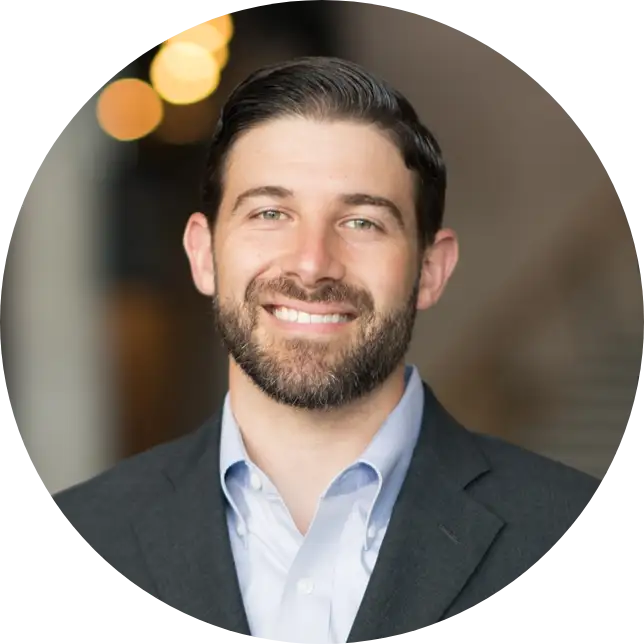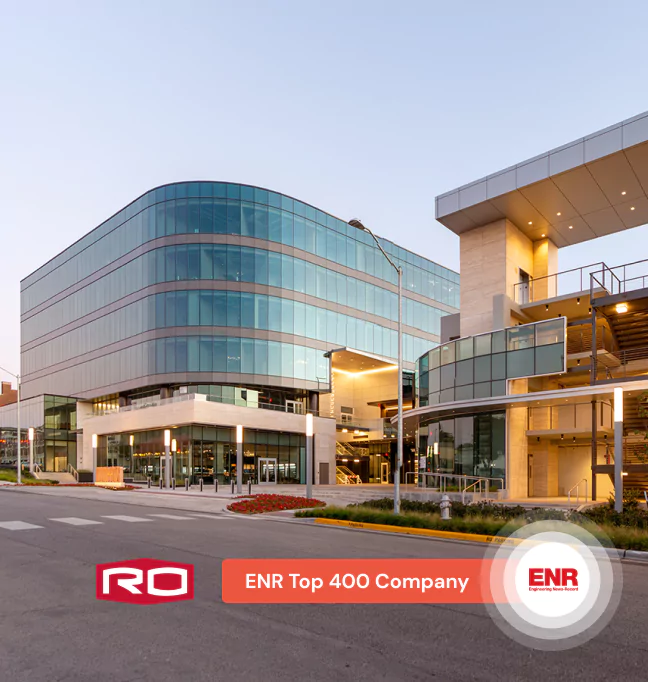
| Unified workforce planning | Strategic project pursuits | Simplified implementation and adoption |
|---|---|---|
| Bridgit Bench centralizes workforce and project data across all offices, offering Rogers-O’Brien a comprehensive view of their operations and helping facilitate controlled, strategic growth. | By enabling detailed scenario planning, Bridgit Bench helps Rogers-O’Brien forecast resources for project pursuits, enhancing decision-making for potential projects based on their likelihood of success. | The user-friendly nature of Bridgit Bench ensures a smooth rollout in all offices, significantly reducing the time spent on resource planning and increasing efficiency in staffing meetings. |
“I’m never going back. I go into Bridgit Bench every single day.”
Todd Wynne, Chief Innovation Officer, Rogers-O’Brien
The company
Pioneering construction excellence across Texas
Founded in 1969, Rogers-O’Brien Construction (RO) is a testament to over five decades of construction excellence in Texas. With a foundation built on honesty, integrity, and trust, it has become a beacon of innovation and strategic growth in the industry.
Ranked consistently among the top national contractors, their approach has propelled them to over $2 billion in construction volume, significantly impacting the Lone Star State.
The challenge
Navigating growth with outdated tools
For years, RO has managed its resources using a combination of Microsoft Excel spreadsheets. “We had three separate spreadsheets, managed by three different operations leaders, among four different regions,” explains Todd Wynne, RO’s Chief Innovation Officer, “We struggled with workforce management before we found Bridgit Bench.”
As they continued to grow their business to service the greater Texas area, Wynne knew that “by digitally transforming how we manage our workforce planning, we would see a decrease in manual workflows and an increase in time saved.”
Johnathon Grammer, Director of Operational Excellence at Rogers-O’Brien, went into more detail:
“We were going through a big growth period. The effort required to manage our resources grew exponentially, and that Excel spreadsheet wasn’t cutting it. We could make some rough projections of teams and look at availability, but when those numbers started to grow at the bottom of the spreadsheet, the details got harder to remember.”
“This was not just for the individual doing the planning; communication between teams became really difficult. How do we convey who we have and don’t have available to our business development, marketing, and HR teams?”
The solution
Embracing digital transformation for workforce management
Because resource management software is considered a greenfield solution in construction (it is new to the industry), RO started evaluating options with a very straightforward approach: They were looking to automate workflows and reduce the time spent managing their spreadsheets across their four offices. They also wanted a solution that could quickly scale alongside their growth.

When introduced to Bridgit Bench, the RO team was impressed by its forward-looking, data-driven approach to resource management. “We knew immediately that when we started using Bridgit Bench, we would be gaining huge business value,” Wynne explained of his first impressions of Bridgit Bench.
“Bridgit Bench has helped us gain a high-level understanding of our resource needs,” Wynne explained further. “It also helps us forecast future project needs and speed up resource planning meetings through a single construction workforce intelligence solution.”
The impact
Transforming workforce planning and project pursuit strategies
One of the most significant benefits Bridgit Bench provided for Rogers-O’Brien was forecasting resources for project pursuits. Johnathon Grammer explains:
“We’ve turned a new leaf. It’s amazing. The ability to do scenario planning has been incredibly useful. We’ve allocated resources to awarded projects and have all these “what if” projects. We gauge project pursuits on their chances of winning. Are we going to win it, or will somebody else? And then, is it even going to be built? If those two criteria meet that threshold, we can consider that something that we need to start seriously allocating potential resources to.
It allows us to consider multiple scenarios. It was tough to think about it at that granular level when thinking 12, 20, and 24 months out, but it’s become much more streamlined and accessible.”

Another benefit Bridgit Bench has provided is the ripple effect of having accurate data in workforce meetings. Johnathon Grammer explains:
“It was the same meeting we had before when it was Excel spreadsheets. What has changed is that it was always an hour meeting, always once a week, and they used to spend the entire hour trying to figure out that Excel spreadsheet and place those what-if scenarios with limited insight. Now, they can spend about 15 minutes going through the “what-if” scenario and then 45 minutes talking about the existing projects, issues, and needs. It’s given us back 45 minutes with some very expensive resources.
Because of effective planning, we can probably get a few more projects than we typically would’ve because it’s a huge risk when resources are your biggest limitation. You typically don’t place some of those bets because you get worried; you get scared about what that looks like. But we can make those bets now because in workforce planning meetings, they’re covering much of the topics they should have been covering when they couldn’t.”
“Bridgit Bench gets down to understanding, organizing, and optimizing your workforce. If you’re not using it, you might be leaving money on the table.”
Todd Wynne, Chief Innovation Officer at Rogers-O’Brien
Working with Bridgit
Rolling Bridgit Bench out across multiple offices
After becoming familiar with Bridgit Bench in their Dallas headquarters, Bridgit helped RO seamlessly roll it out across their remaining offices in Houston, Austin, and San Antonio. Though implementing software across four offices can be a tall order, Grammer reassures that “the ease of use and intuitive nature of Bridgit Bench makes implementation and support almost a hands-off process.”
He expands on Bridgit’s ease of use and how it can help build the confidence to make “bigger bets” on projects:
“Bridgit Bench is so user-friendly. It puts information in front of you in such a consumable manner that you can place a bigger bet. The other part is that the people managing that process struggled with the technical aspect of Excel. Bench is extremely user-friendly. There are no formulas you have to figure out. It’s easy for them to do what they need to do.”
By working with Bridgit to consolidate workforce and project data from all four offices, RO has greater insight into its overall workforce strategy and can better manage its growth with forward-looking insights. “Bridgit Bench has empowered us with intelligent pursuits,” says Wynne “Now, we can maximize our team’s efforts in developing the right pursuits.”
How has Bridgit Bench been received across the organization? Wynne said, “I’m never going back. I go into Bridgit Bench every single day”.

